This post is contributed by Mandy from Little People Nutrition who is a nutritionist and a mum of 3. Mandy takes a look at the new Healthy Eating Pyramid and explains it all for us and what it means to us as mums.
You might have seen on social media the new Healthy Eating Pyramid released by Nutrition Australia.
In a nutshell do I like it?
Yes.
In a nutshell, what does it all mean and is there anything really new?
Yes and no.
Basically this ‘new’ pyramid is based on the Australian Dietary Guidelines which was released in 2013. The general population are most familiar with the pyramid format of food group guidelines but in fact the same guidelines were issued in a pie chart format with the 2013 release (although the new pyramid does have a slightly more obvious proportion of vegetables).
The major difference is the emphasis on vegetables and fruit rather than cereals and grains, which is fantastic.
Only 7% of the population consumes their recommended serves of veg (5 for adults and for a 2 year old it is 2 and a half serves).
Vegetables are pretty much the hero of superfoods, all of them, and time and time again in every study, they are linked to the reduction in non communicable diseases such as cardiovascular disease, diabetes and many cancers in both men and women. It is the one food group that everyone agrees that we need more of, which ever camp you lie in from a dietary philosophy.
And the other noticeable difference in the change in name of fats and oils to healthy fats. The emphasis is on eating healthy fats such as olive oils which is wonderful.
There is also a cute addition of herbs and spices which is fun and tasty.
Does this mean grains and cereals are evil?
No and no again. I get very sad when people demonise grains. Of course if you have an intolerance to gluten or are a coeliac, grains can be a life threatening issue. I also do agree there is a reliance on wheat based grains in our food supply chain but if we eat wholegrains and cereals from a variety of sources, the variety is tremendously beneficial to our health for a wide range of vitamins and minerals as well as complex carbohydrates and fibre. Wheat based included as well.
As a woman the recommendation is around 6 serves of complex carbohydrates a day which equates to 1 slice of bread a serve of ½ a cup of cooked rice or pasta. Have you seen what half a cup of cooked rice looks like? Not a lot!!!
For a 2 year old it is 4 serves of complex carbohydrates and grains, same serving size too.
So how does it really affect you as a mum?
Not greatly. We still are desperately trying to get ourselves and our kids to eat more veggies, hiding them here and there and serving them up.
My top tip for getting additional vegetables into the family’s diet is to include them at each meal point – breaky, lunch, dinner and snacks. Smaller amounts throughout the day are far more achieveable then sitting down to a plate of steamed veg at night, and far more appetising!!!
And remember this is a guideline. It is not based on specific individual needs. It is to prevent nutritional deficiencies in around 85% of the population which is a very important requirement. You might feel better eating x, y, z and that is great, but make sure you a supporting your diet in other ways to avoid certain nutritional deficiencies.


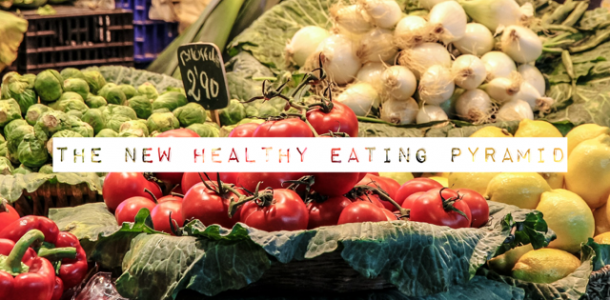
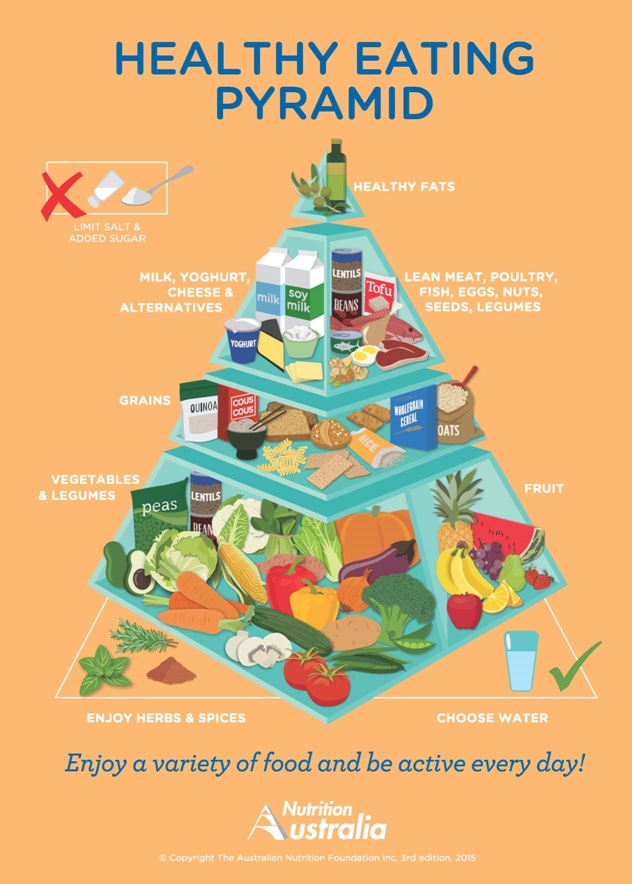
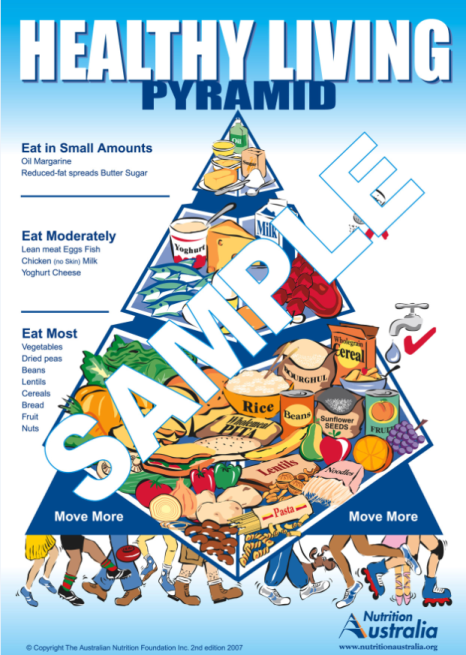
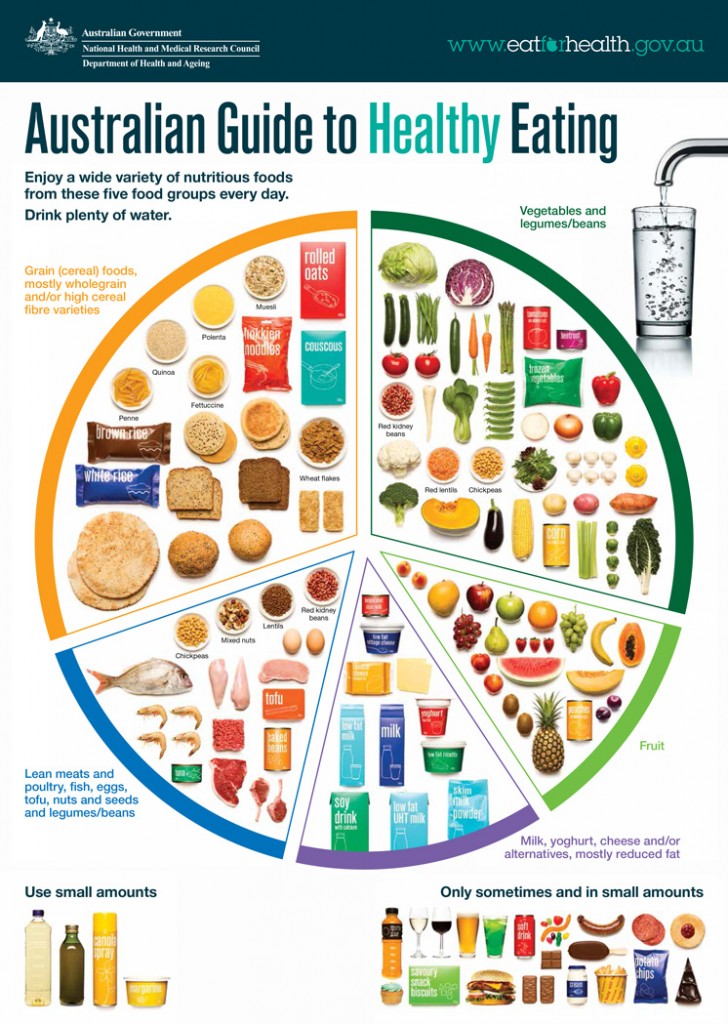











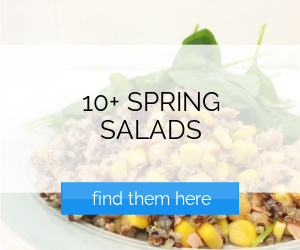






No comments yet.